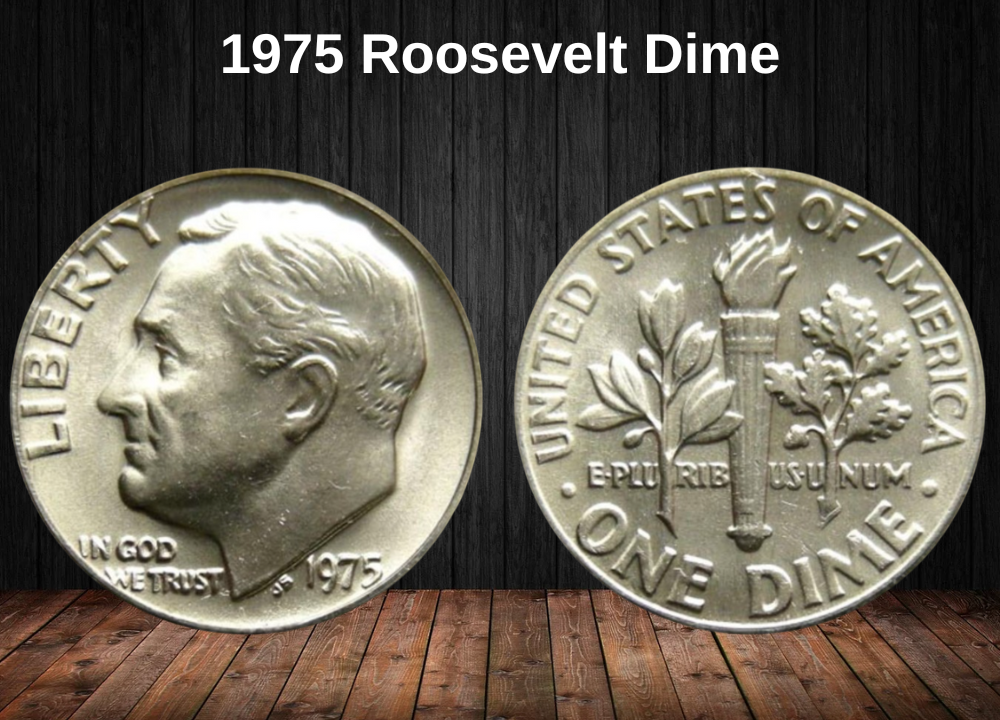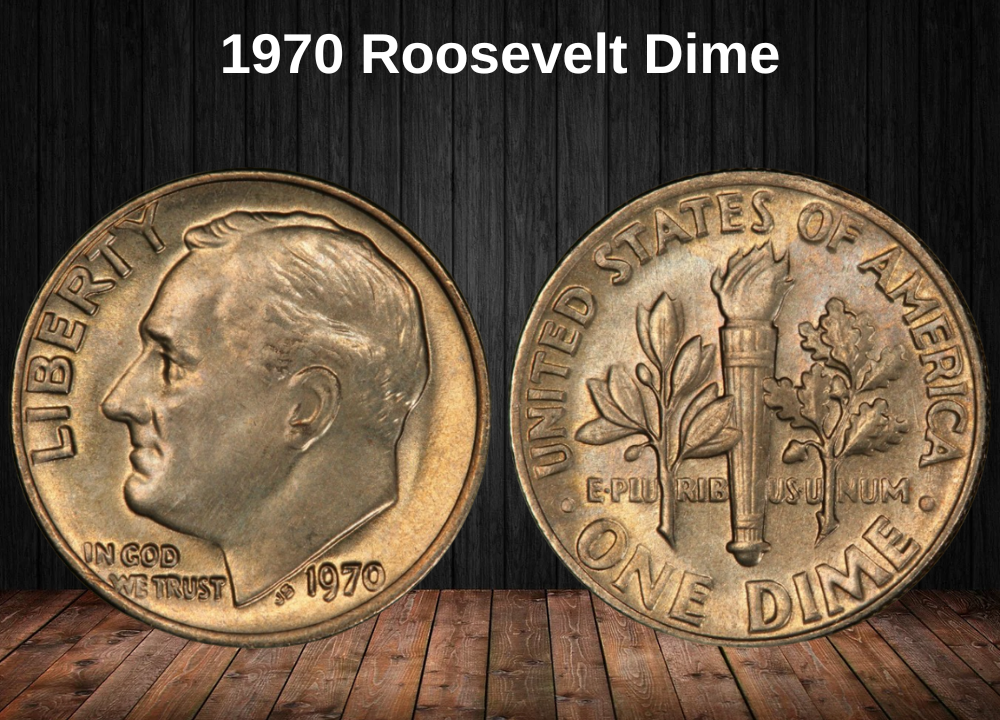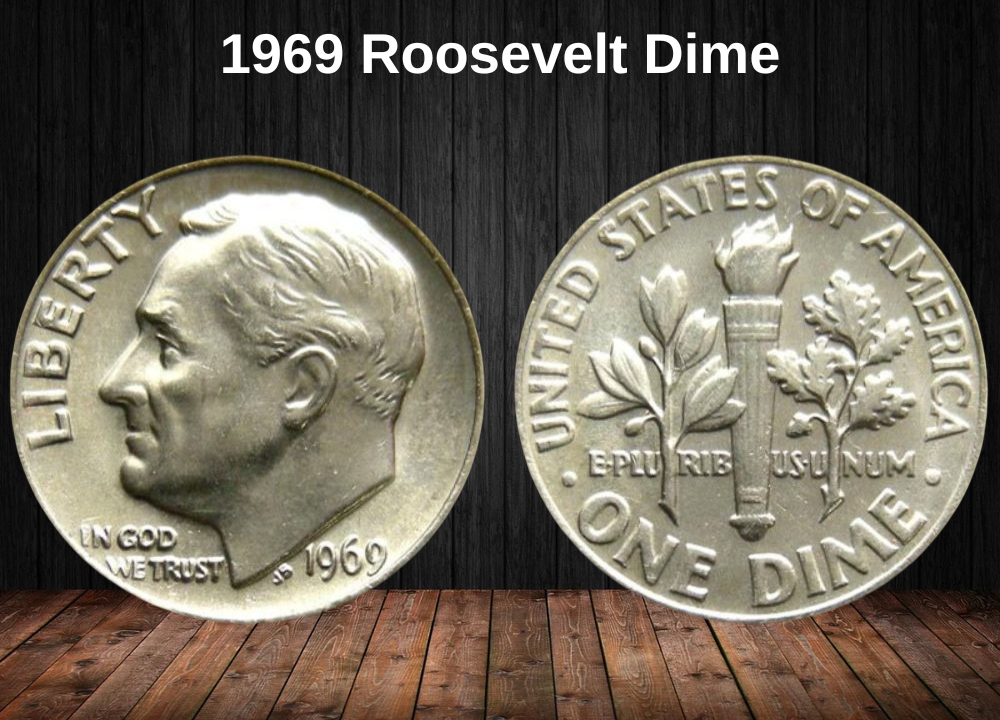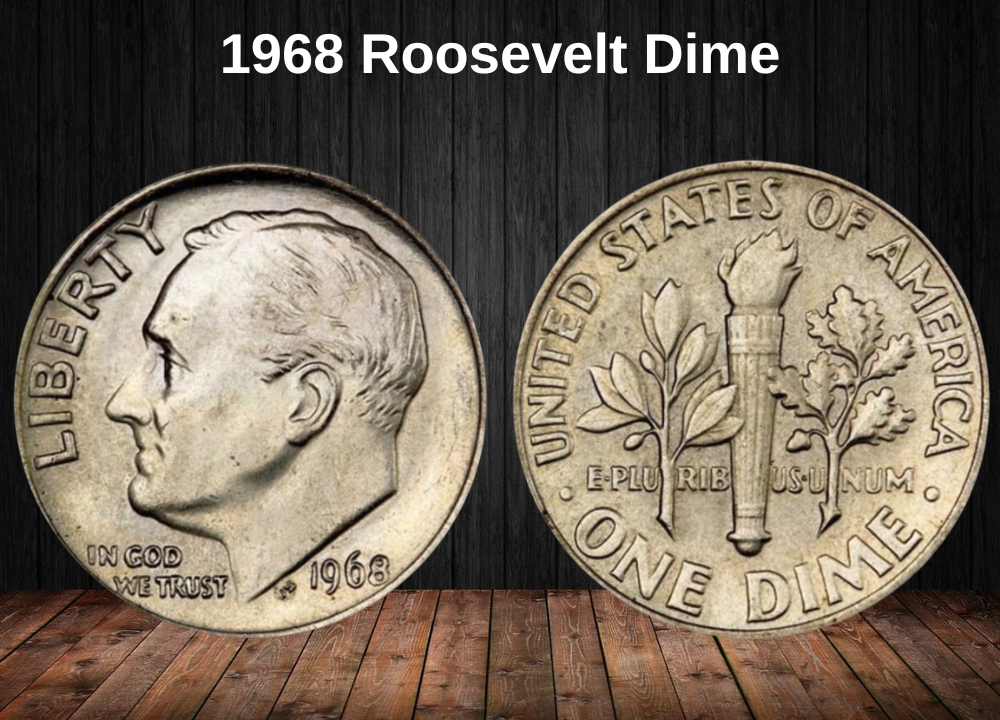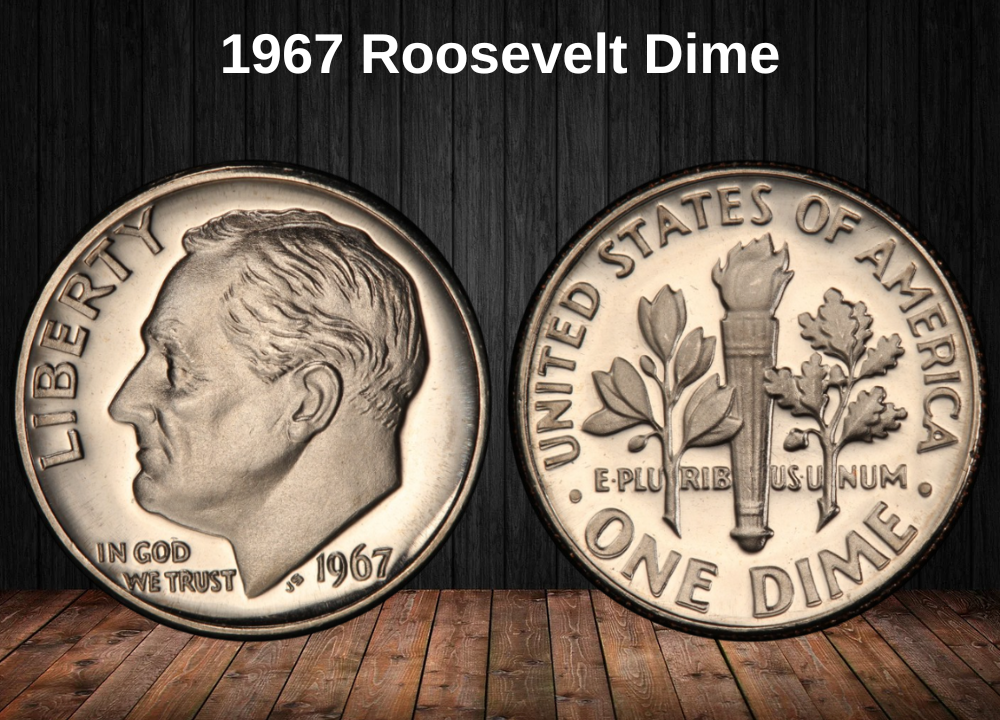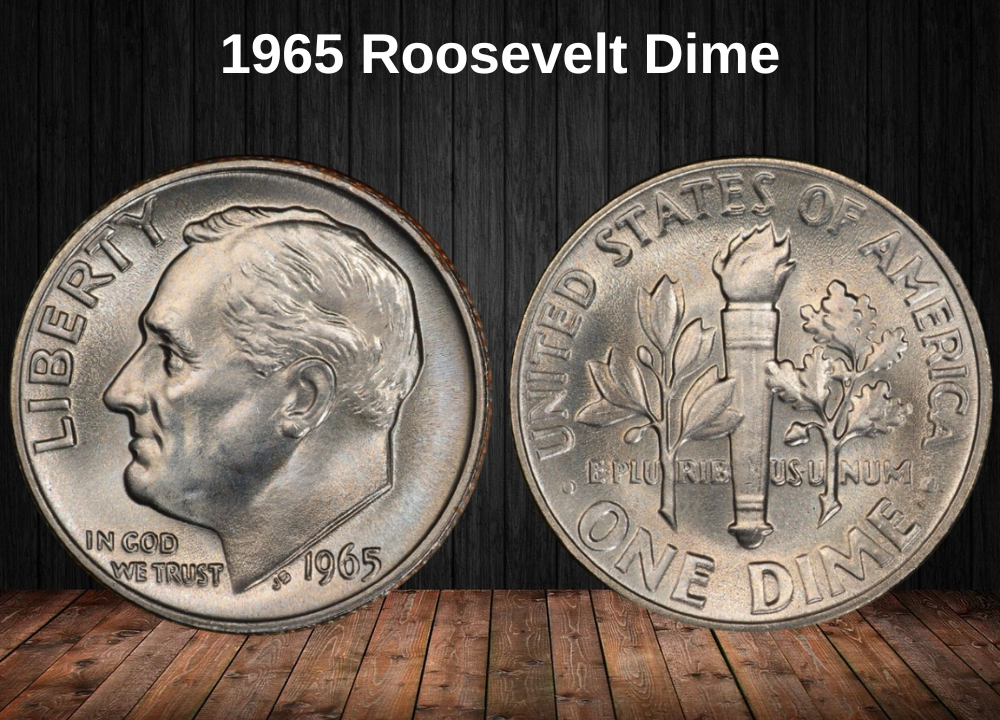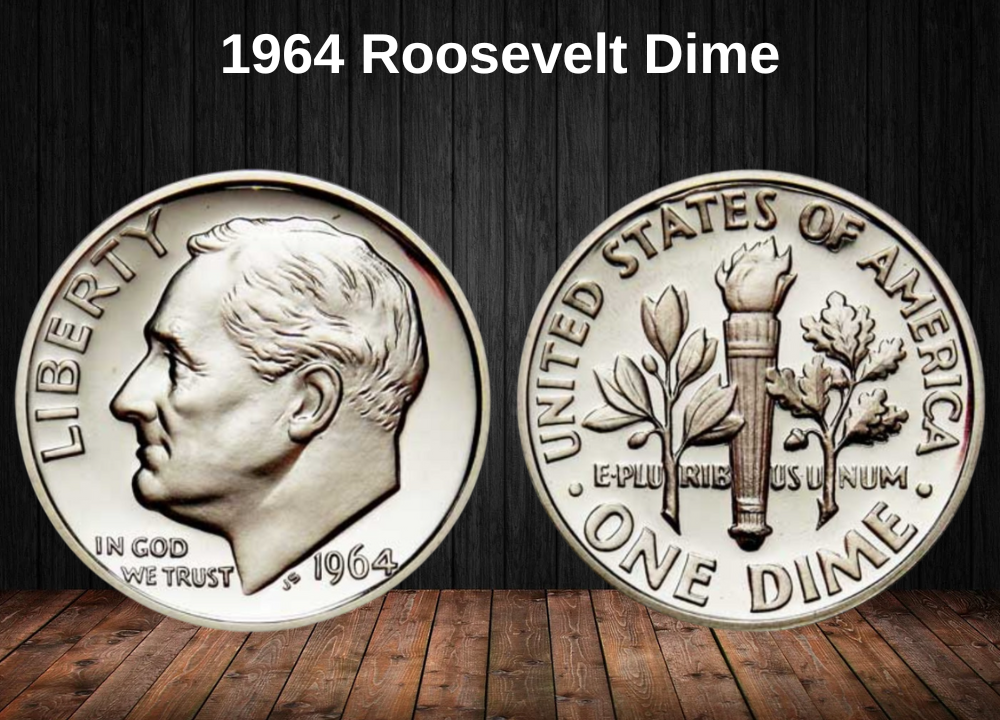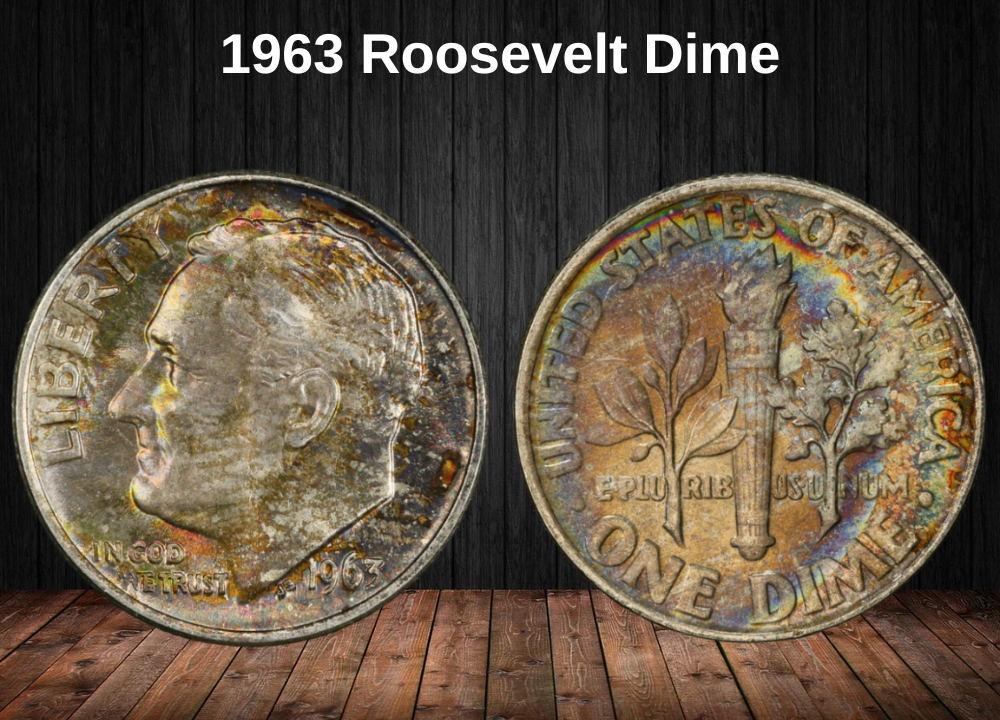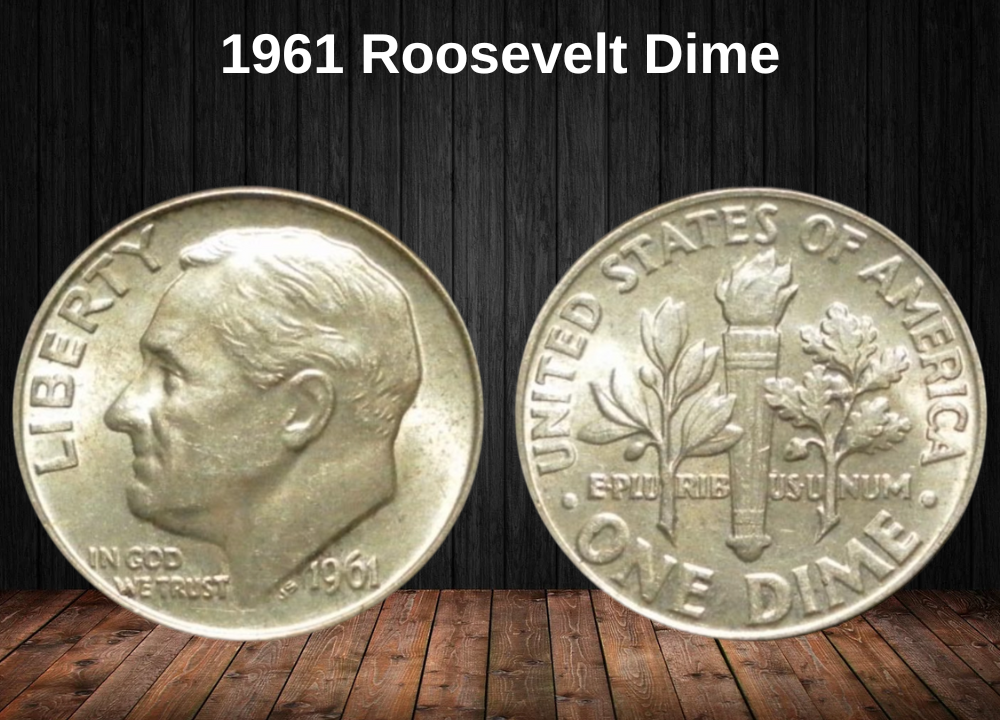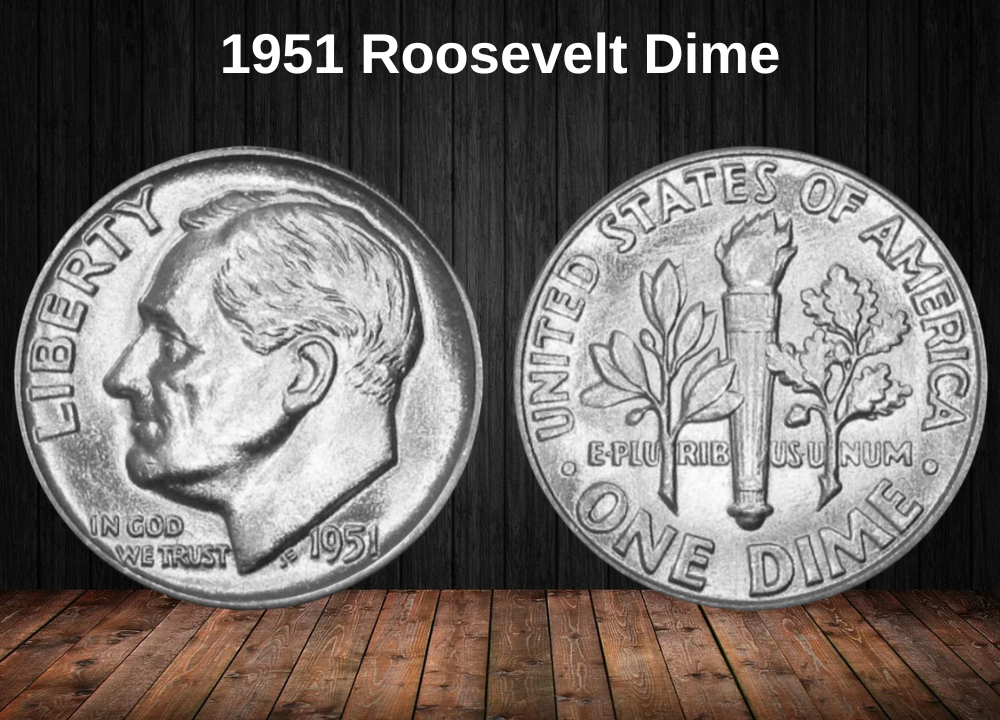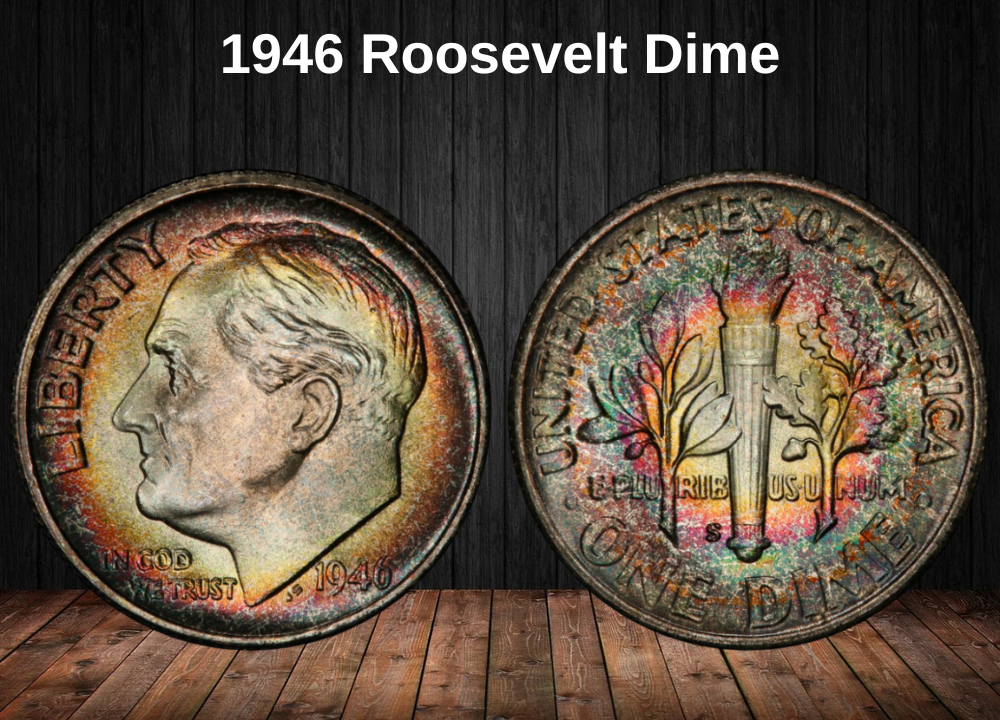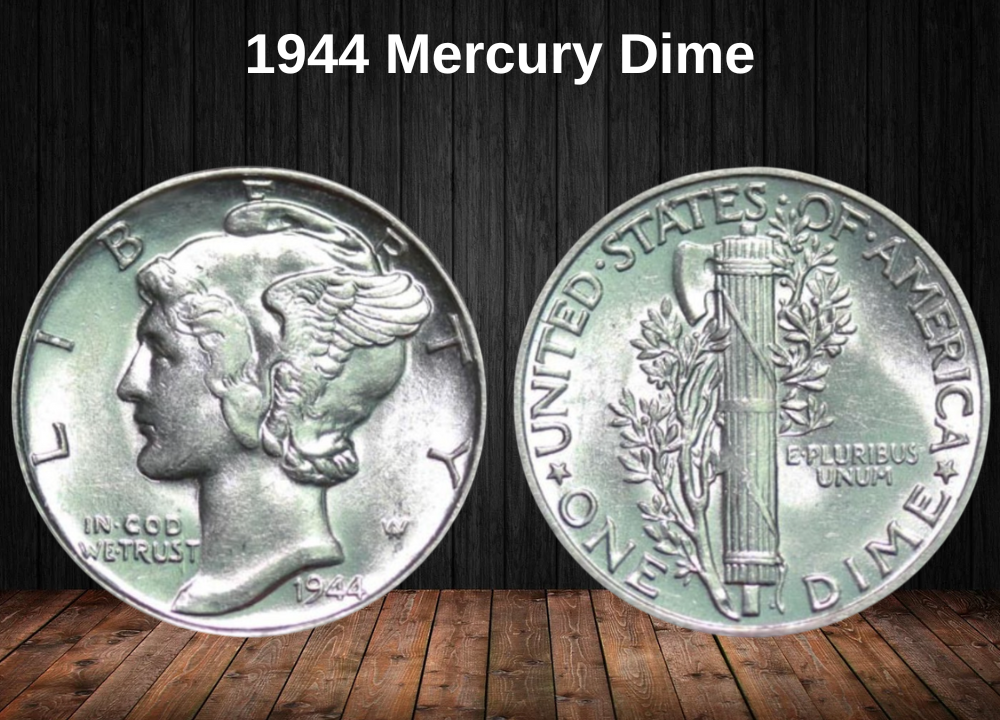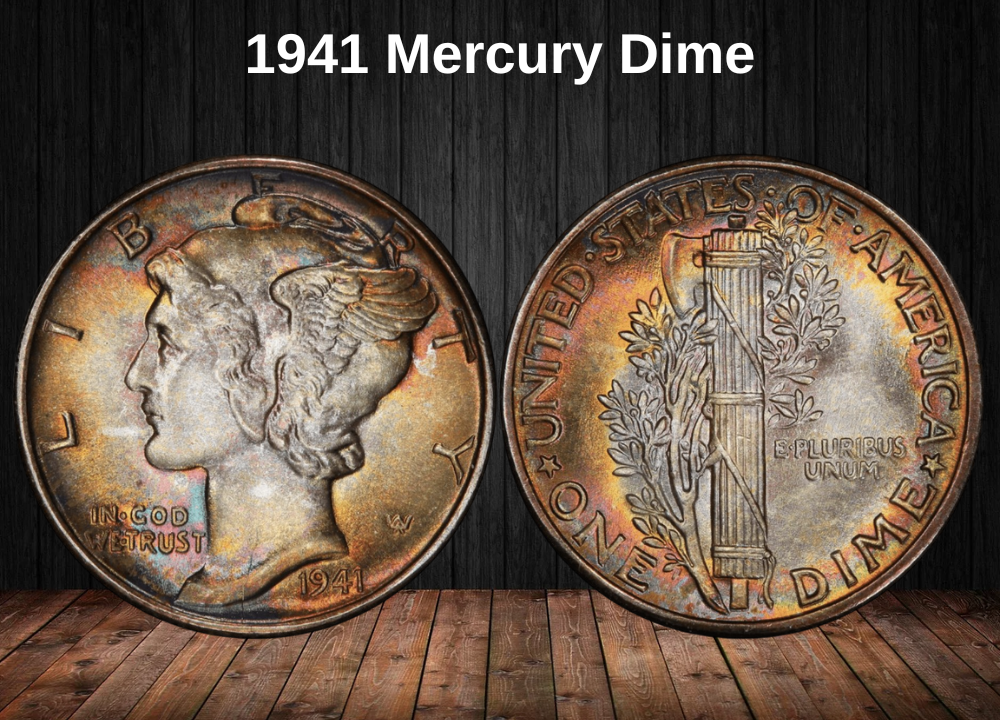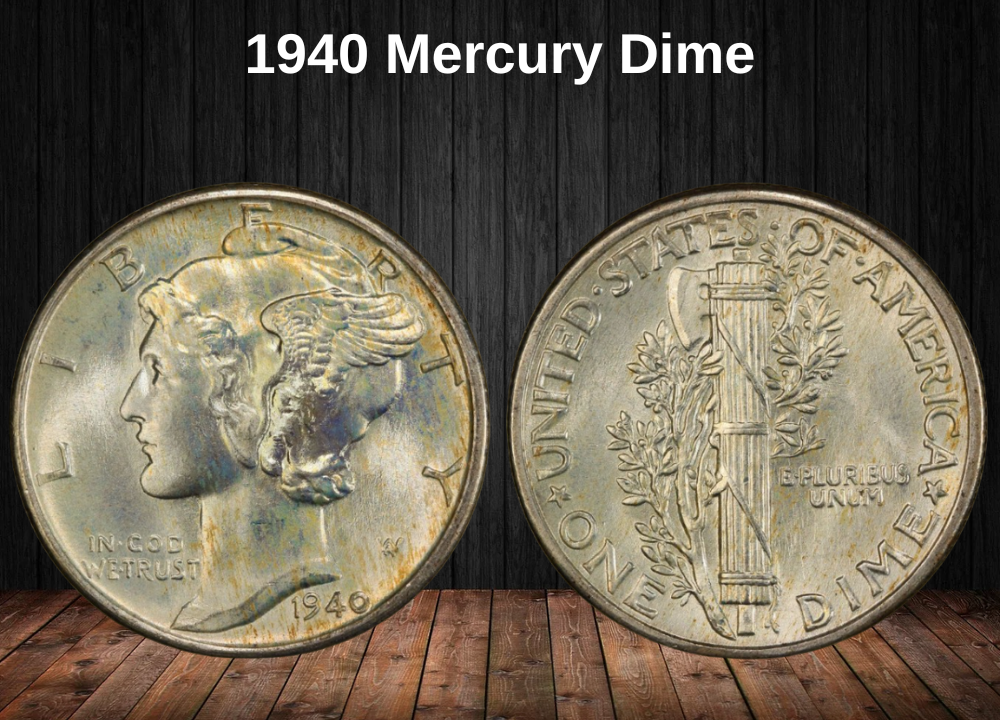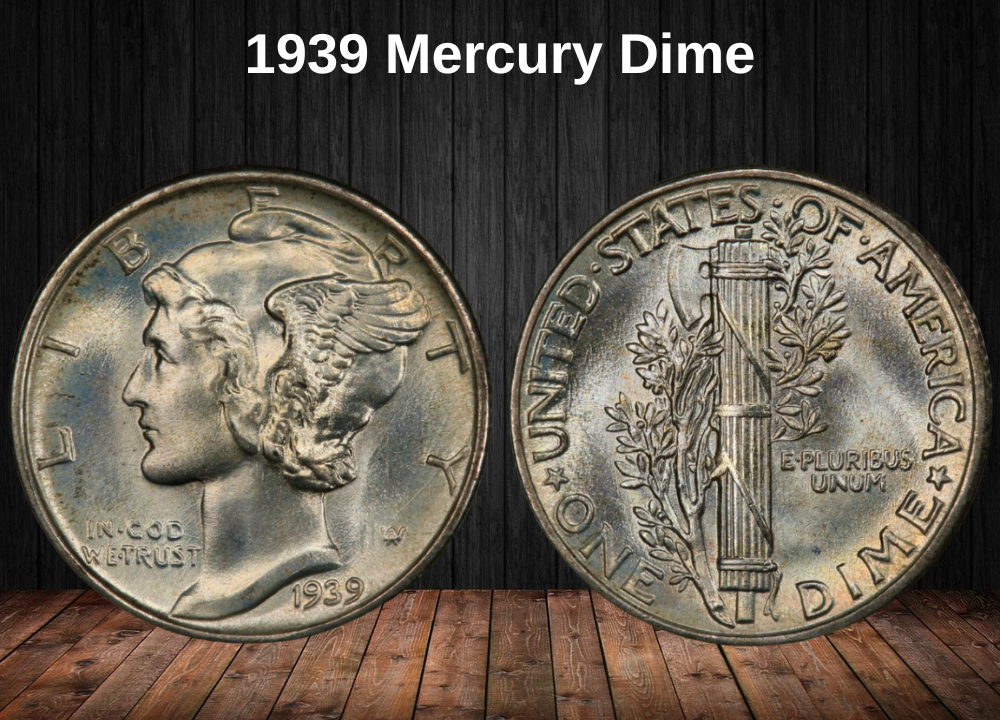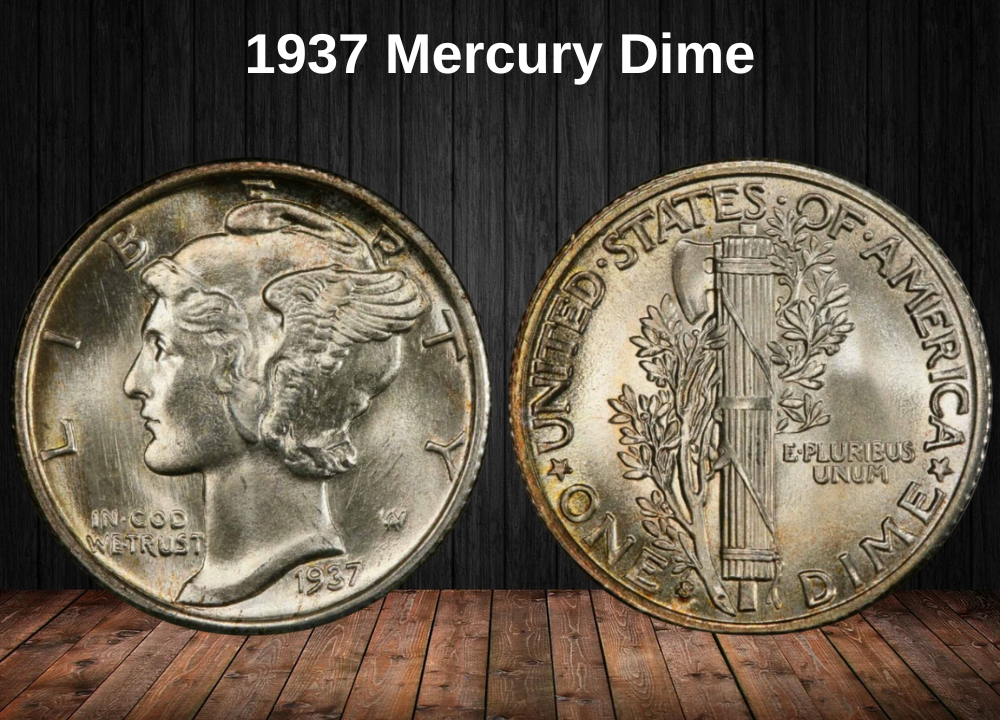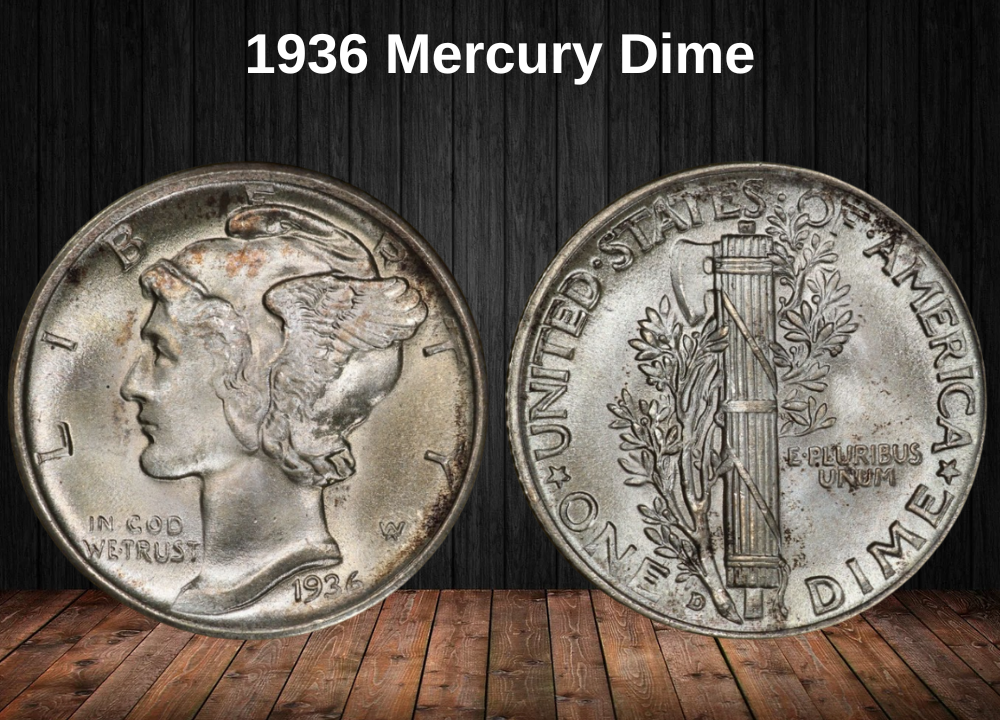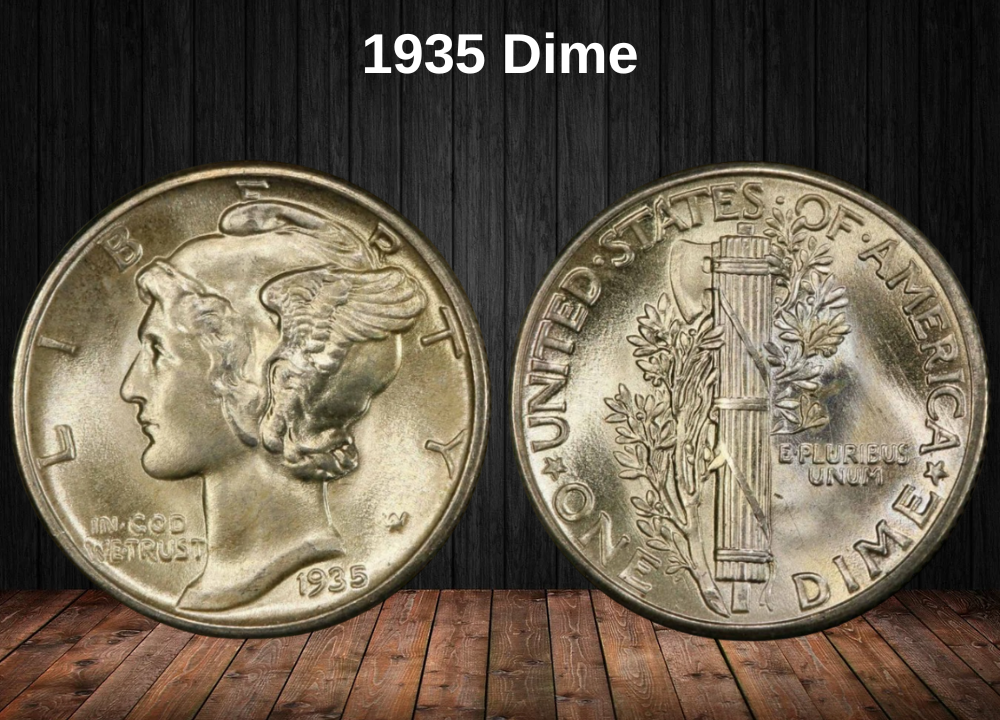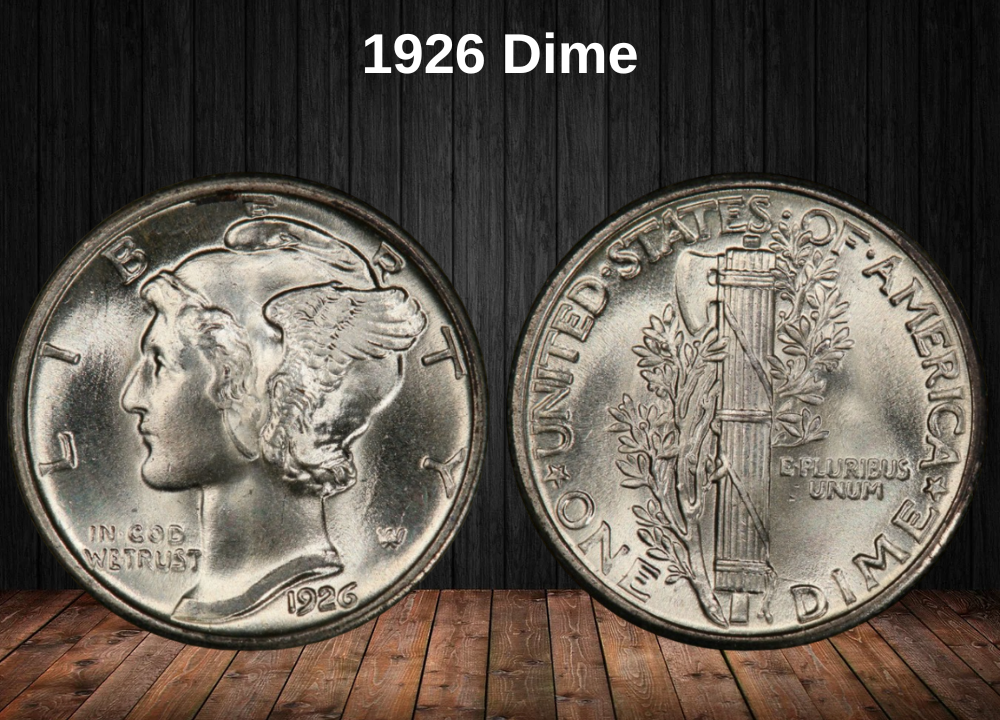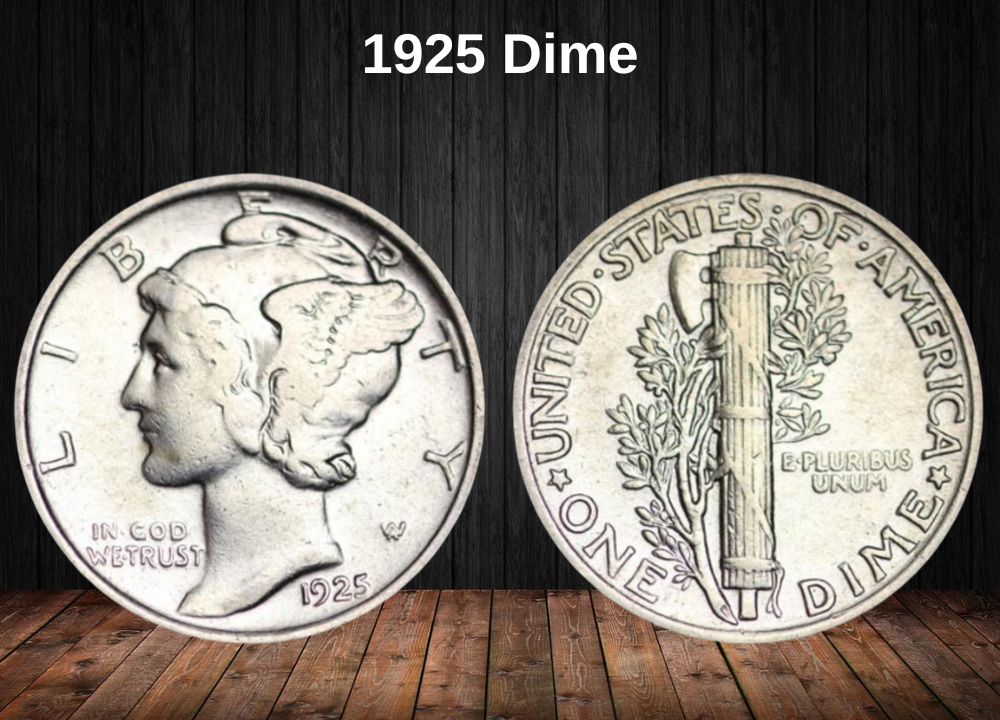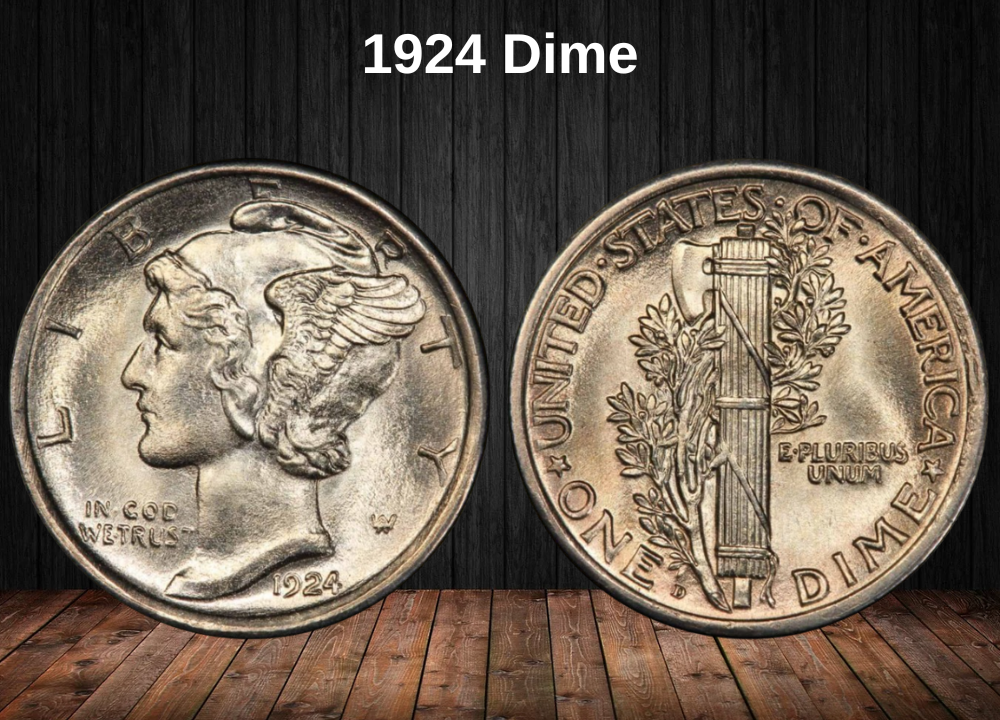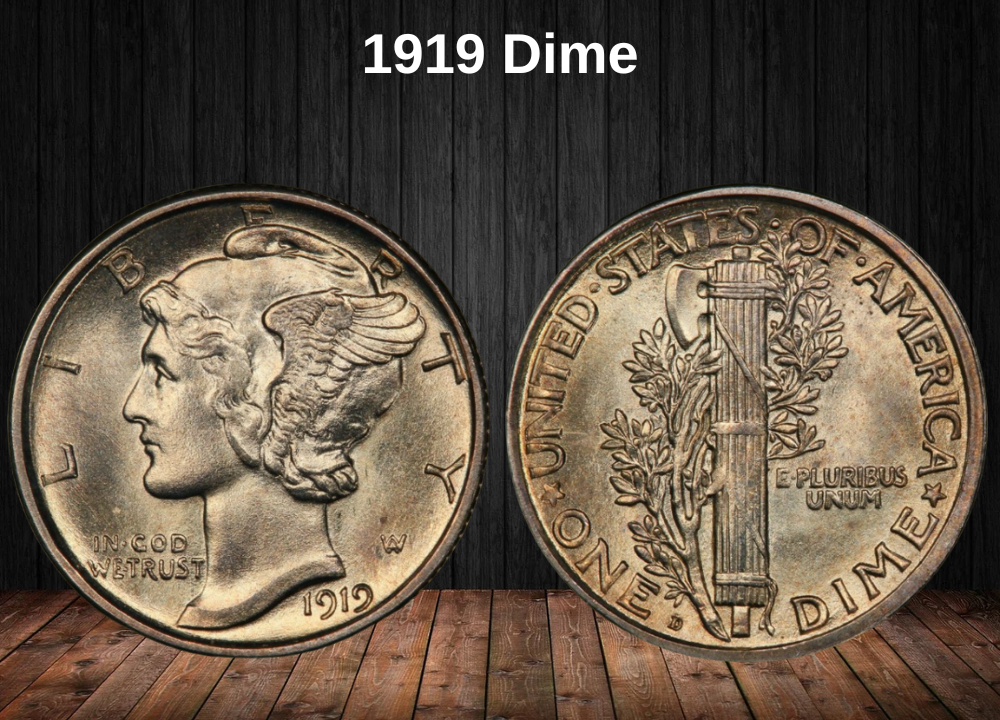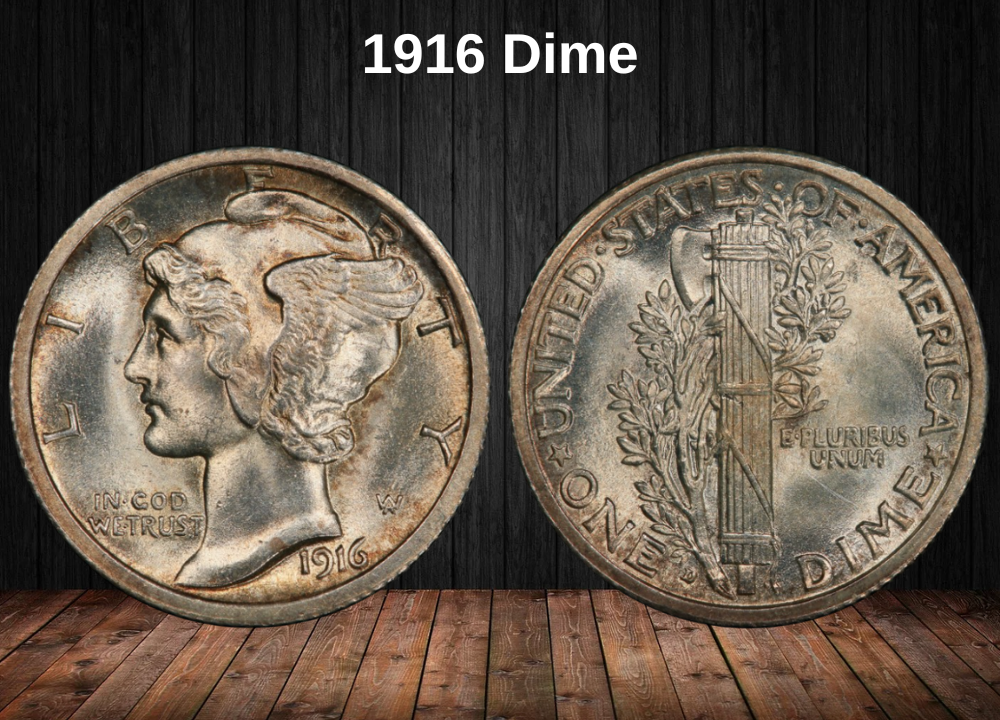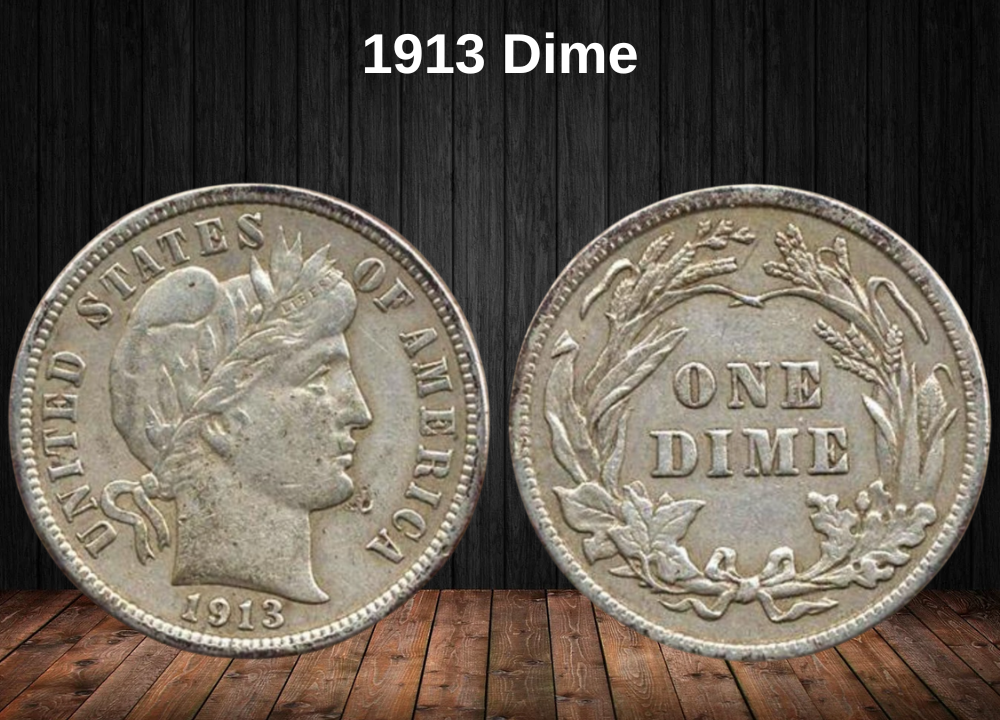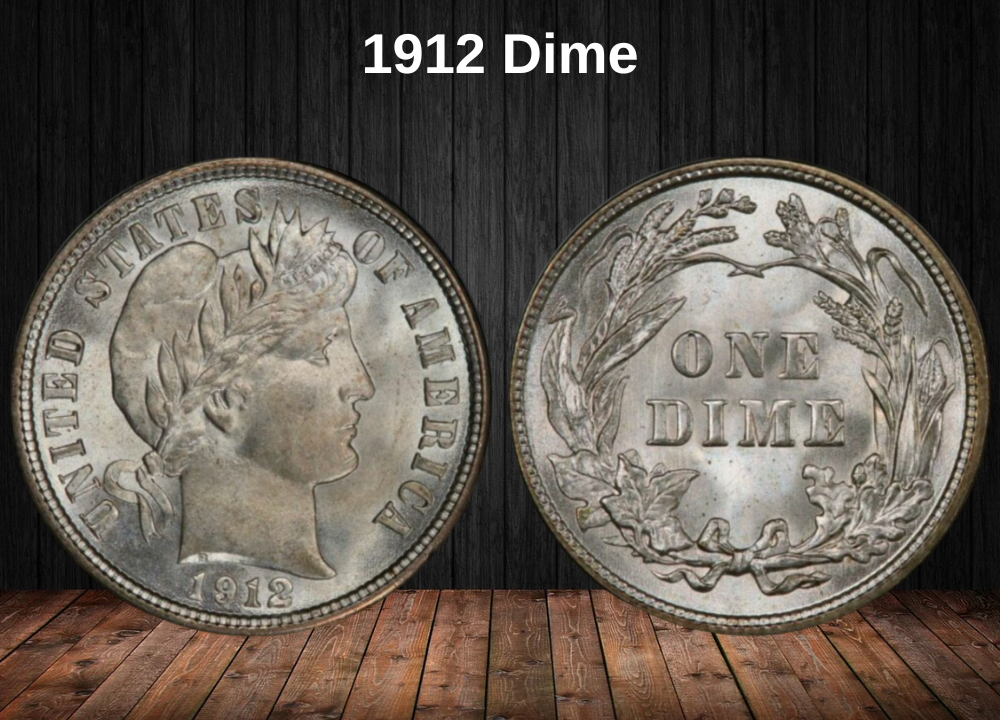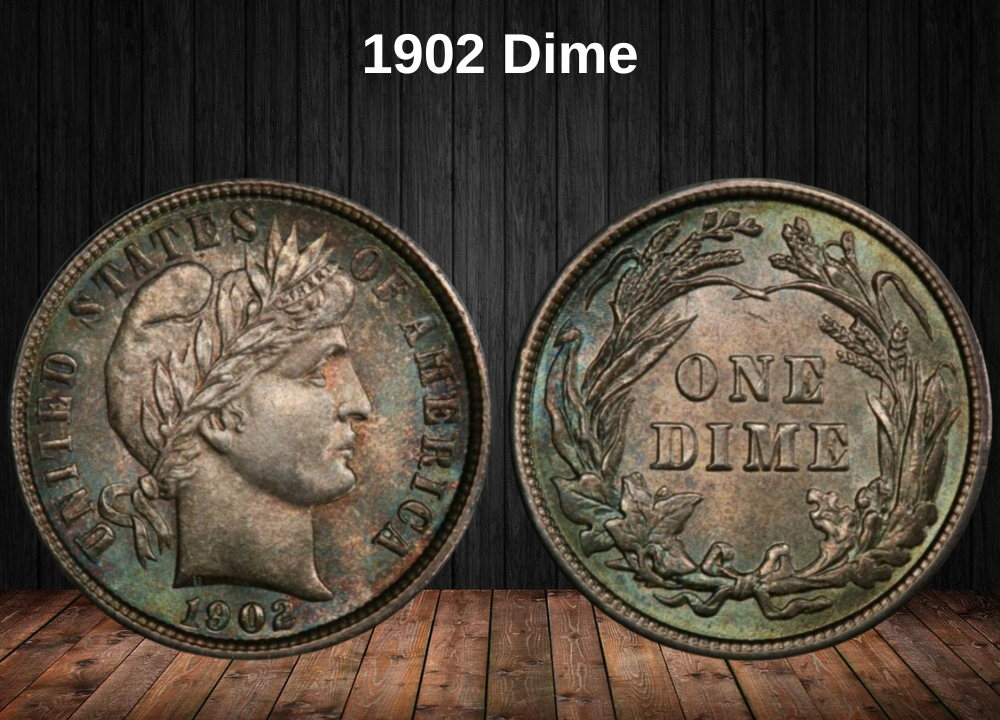Americans have always loved Mercury dimes, which remain one of the most collectible coins ever produced by the U.S. Mint. Each piece carries an elegant design, high luster, and sharp details that continue to captivate collectors.
The 1945 Mercury dime is particularly sought-after because it represents the final year of the series before the Roosevelt dime took its place in 1946. Its historical significance, combined with a few unique mint errors—especially the famous Micro S variety—makes it a favorite among numismatists.
Depending on condition and mint mark, 1945 dimes can be found for just a few dollars in circulated grades, while pristine mint state examples or rare errors can reach hundreds of dollars at auction.
1945 Dime Value Chart
| Condition | 1945 Dime | 1945-D Dime | 1945-S Dime | 1945 Micro S Dime |
|---|---|---|---|---|
| Good | $3.42 | $3.42 | $3.42 | $4.29 |
| Very Good | $4.01 | $4.01 | $4.01 | $4.56 |
| Fine | $4.56 | $4.56 | $4.56 | $5.11 |
| Very Fine | $4.82 | $4.82 | $4.82 | $5.45 |
| Extra Fine | $5.11 | $5.11 | $5.11 | $8.41 |
| About Unc. | $6.13 | $6.13 | $6.13 | $23 |
| MS 60 | $8.41 | $8.41 | $8.41 | $38 |
| MS 65 | $38 | $33 | $38 | $121 |
History of the 1945 Mercury Dime
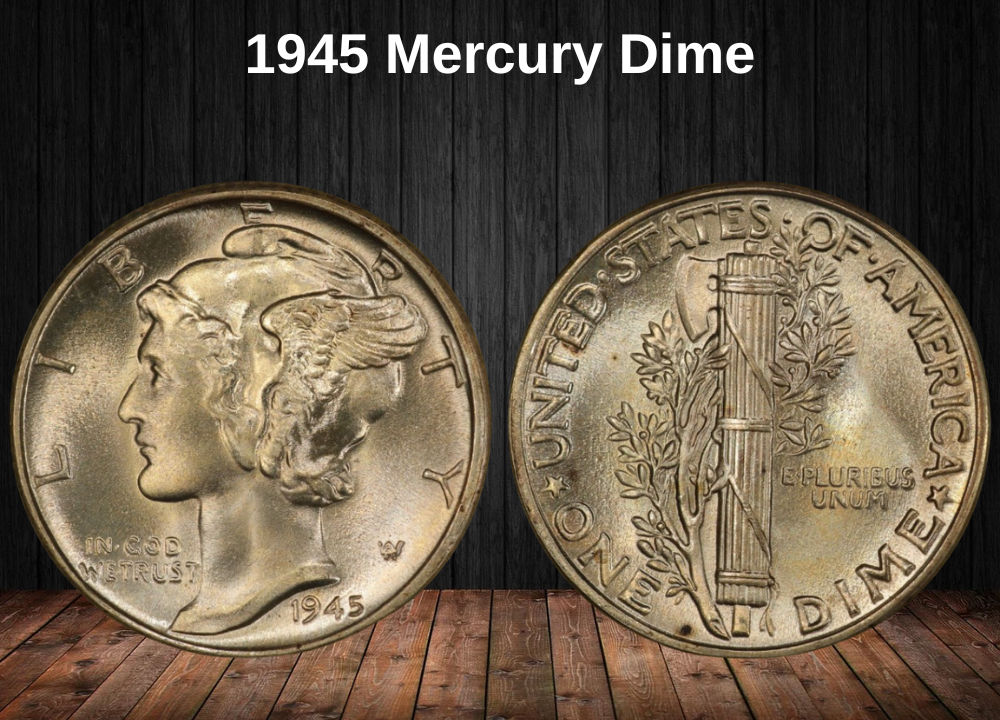
The Mercury dime series was first introduced in 1916, designed by sculptor Adolph A. Weinman. Although officially named the Winged Liberty Head dime, the design’s resemblance to the Roman god Mercury quickly earned it the popular nickname we use today.
The 1945 Mercury dime holds special importance because it was the final year of issue for the series. Following President Franklin D. Roosevelt’s death in April 1945, the nation decided to honor him on the dime, leading to the introduction of the Roosevelt dime in 1946.
1945 Dime Mintages
| Location | Year | Mintage |
|---|---|---|
| Philadelphia | 1945 (No MM) | 159,130,000 |
| San Francisco | 1945-S | 41,920,000 |
| Denver | 1945-D | 40,245,000 |
| Total | — | 241,295,000 |
The Mercury dime design was one of the most successful and admired in American coinage. Its graceful portrayal of Liberty with a winged cap symbolizing freedom of thought captured the imagination of the public.
Even though the series ended in 1945, the coin’s artistry and historical context make it a favorite among collectors to this day.
Features of the 1945 Dime
A total of 241,295,000 Mercury dimes were struck in 1945 across three mints: Philadelphia, Denver, and San Francisco. Since the last proof issues were minted in 1942, no proof versions exist for the final war-year dimes, making business strikes the only option for collectors.
The Obverse of the 1945 Dime
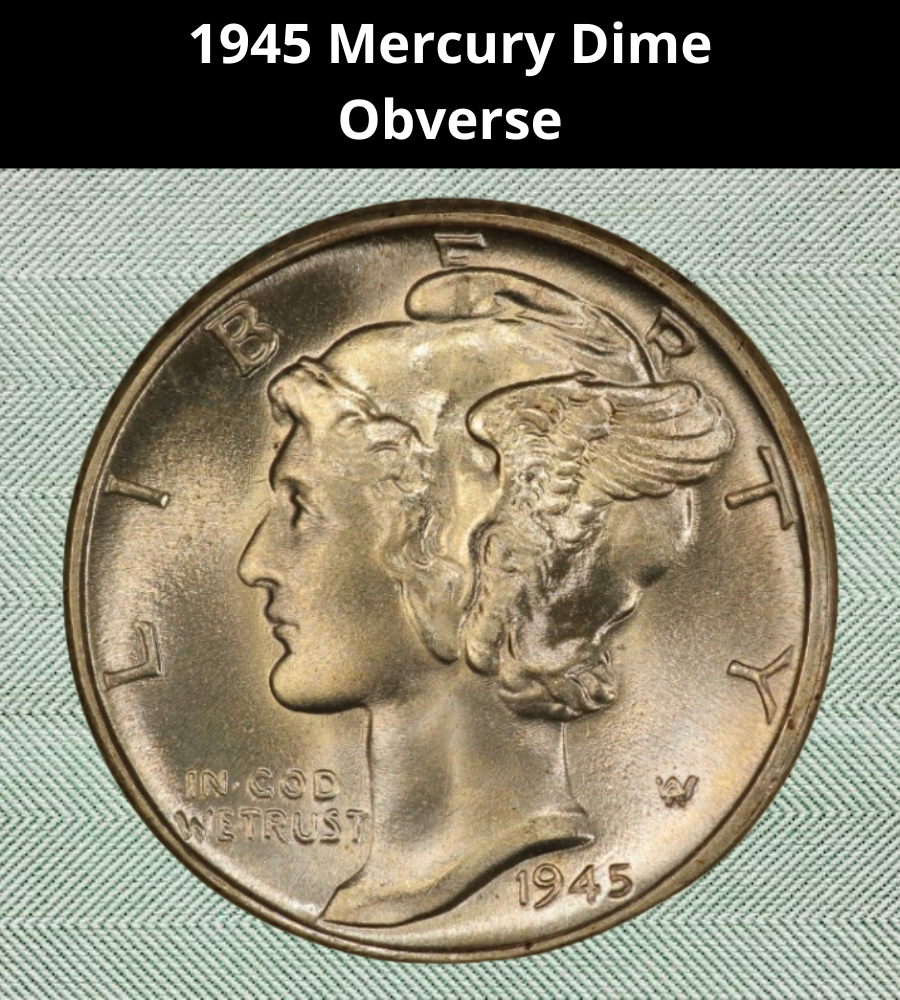
The obverse features Lady Liberty facing left, wearing a winged Phrygian cap, a classical symbol of freedom. Adolph A. Weinman designed this cap to represent freedom of thought, although its resemblance to the Roman god Mercury gave the series its nickname.
The legend LIBERTY arcs around the rim, while the date appears below Liberty’s neck truncation. To the right, the motto IN GOD WE TRUST is clearly visible, with the designer’s initials AW placed discreetly behind her neck.
The Reverse of the 1945 Dime

The reverse centers on a fasces, a bundle of rods tied together with an axe blade, symbolizing strength and unity. It is wrapped by an olive branch, representing peace — a powerful balance between war and harmony.
Around the rim, the inscriptions read UNITED · STATES · OF · AMERICA at the top and ONE DIME at the bottom. The motto E · PLURIBUS UNUM is engraved to the right of the fasces, and the mint mark (D or S, if present) appears near the lower left of the olive branch.
1945 Dime Details
| Feature | Specification |
|---|---|
| Face Value | Ten cents ($0.10) |
| Composition | 90% Silver, 10% Copper |
| Weight | 2.5 g (0.080 troy oz) |
| Silver Content | 2.24 g (0.072 troy oz) |
| Diameter | 17.91 mm (0.705 in) |
| Thickness | 1.35 mm (0.053 in) |
| Edge | Reeded (118 reeds) |
| Shape | Round |
Other Features of the 1945 Dime
The 1945 Mercury dime stands out as the final issue of the beloved series. Its sharp design, symbolic imagery, and silver content continue to make it one of the most admired ten-cent coins in U.S. history.
1945 Dime Grading
| # | Grade |
|---|---|
| 1 | Basal State-1 |
| 2 | Fair |
| 3 | Very Fair |
| 4, 5, 6 | Good |
| 7, 8, 10 | Very Good |
| 12, 15 | Fine |
| 20, 30 | Very Fine |
| 40 | Extremely Fine |
| 50 | About Uncirculated |
| 60 | Mint State |
| 65 | Mint State |
| 70 | Mint State |
1945 Dime Value Guides
The total 1945 Winged Liberty Head dime mintage reached 241,295,000 coins, produced across three mints: Philadelphia, Denver, and San Francisco. As a result, you can find examples with no mint mark, or with the letter D or S on the reverse.
1945 No Mint Mark Dime Value (Philadelphia)
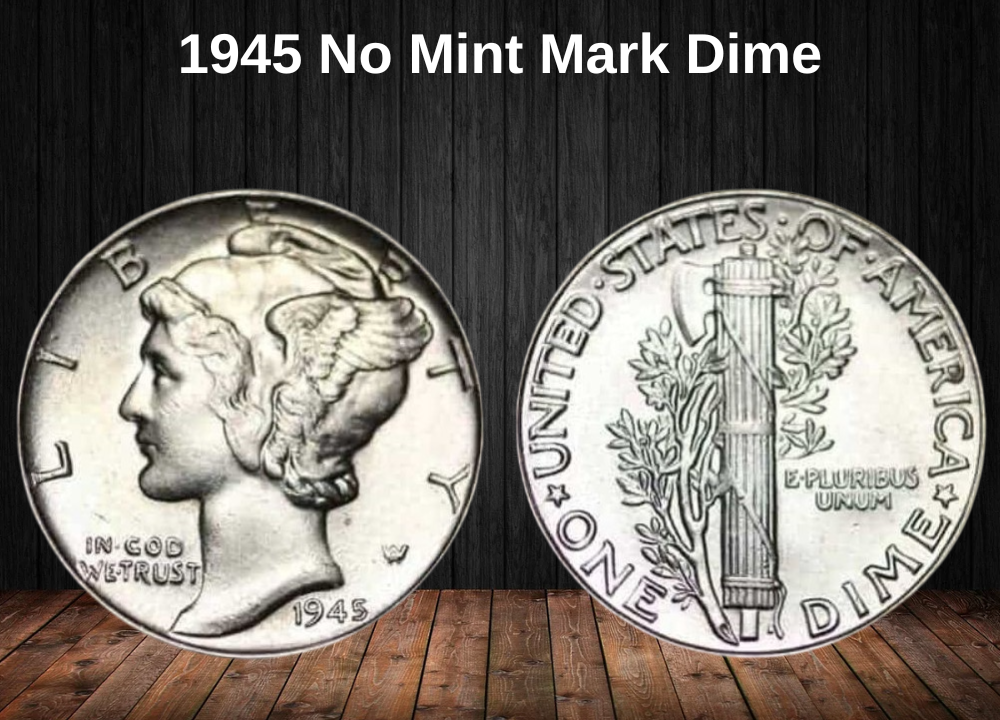
The Philadelphia Mint struck 159,130,000 dimes in 1945, all without a mint mark.
- Circulated coins: $2.82 – $5.40
- Mint State (MS): $7.58 – $36
- Top grade MS 68: $1,560 – $3,450
However, value rises significantly for coins with Full Bands (FB) on the fasces:
| Grade | Value (FB) |
|---|---|
| MS 61 | $13 |
| MS 62 | $18 |
| MS 63 | $25 |
| MS 64 | $32 |
| MS 65 | $55 |
| MS 66 | $75 |
| MS 67 | $210 |
Auction Records:
- A 1945 MS 67 regular strike sold for $5,520 (2018).
- A spectacular MS 67+ FB set a record at $96,000 (2018).
1945-D Dime Value (Denver)
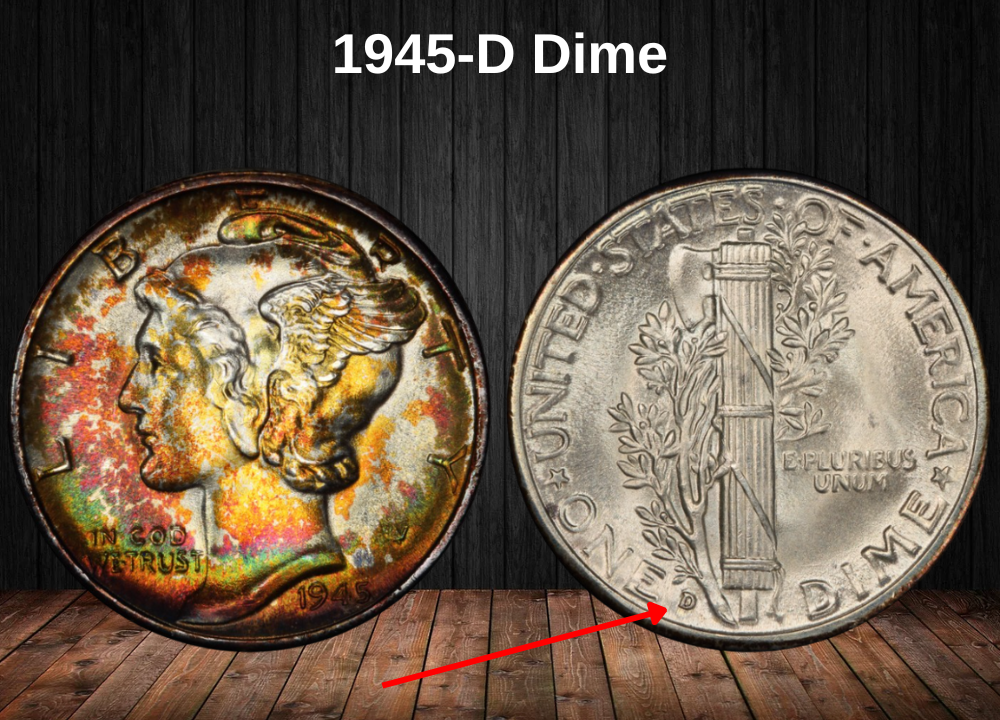
The Denver Mint produced 40,245,000 dimes in 1945, marked with a D.
- Circulated coins: $2.85 – $5.25
- Mint State: $7.50 – $70
- MS 68: around $625
Full Bands examples command higher premiums:
| Grade | Value (FB) |
|---|---|
| MS 61 | $13 |
| MS 62 | $20 |
| MS 63 | $28 |
| MS 64 | $40 |
| MS 65 | $70 |
| MS 66 | $120 |
| MS 67 | $170 |
| MS 68 | $6,750 |
Auction Records:
- MS 68 non-FB sold for $1,600 on eBay (2022).
- An MS 68 FB realized $13,200 (2019).
1945-S Dime Value (San Francisco)

The San Francisco Mint struck 41,920,000 dimes in 1945, the final year of WWII. All bear the S mint mark.
- Circulated coins: $2.85 – $5.25
- Mint State: $6 – $600
- MS 69: up to $7,000
Full Bands (FB) values:
| Grade | Value (FB) |
|---|---|
| MS 61 | $25 |
| MS 62 | $30 |
| MS 63 | $40 |
| MS 64 | $50 |
| MS 65 | $125 |
| MS 66 | $325 |
| MS 67 | $625 |
| MS 68 | $9,000 |
Auction Records:
- An MS 68+ sold for $15,000 (2018).
- An MS 68 FB set an earlier record at $25,300 (2010).
Rare 1945 Dime Errors List
Even though the U.S. Mint consistently improved its coinage process, minting errors were inevitable. In 1945, several error varieties appeared on Mercury dimes, making them more desirable to collectors.
1945 Micro S Variety
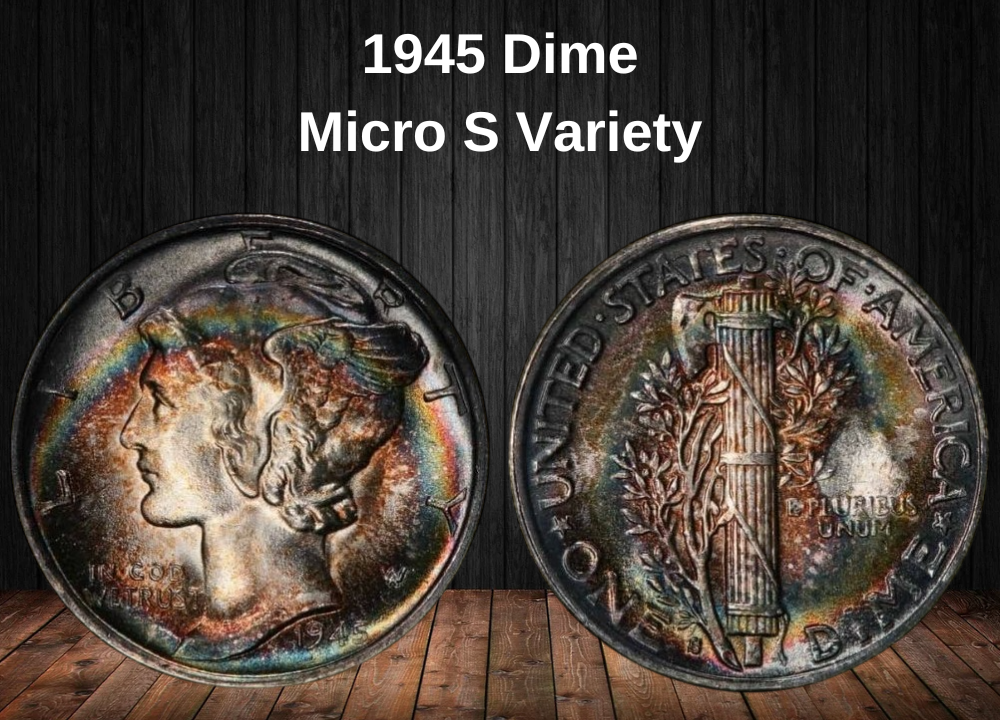
One of the most famous varieties of the 1945 dime is the Micro S, where the San Francisco mint mark appears unusually small.
- Low-grade coins: $2.50 – $25
- Mint State (MS): $31 – $135
- MS 68: $2,400 – $3,000
- MS 69: $7,000 – $9,000
Auction Records:
- MS 68 Micro S: $2,291 – $2,370
- MS 67+ FB: $12,000 (2019)
- MS 68 FB: $25,850 (2019)
Wrong Planchet Strikes
Some 1945 dimes were mistakenly struck on foreign coin planchets being produced by the U.S. Mint at the time.
- Bolivar planchet dime: record price $6,600
- Netherlands planchet dime: record price $2,640
Clipped Planchet
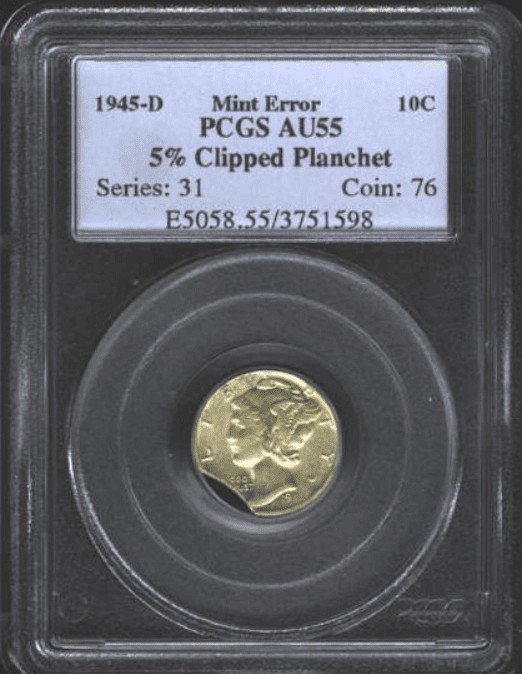
Errors occurred when a portion of the planchet was cut improperly, leaving coins with curved or straight clips—sometimes resembling a bowtie.
- Value range: $75 – $180
Doubled Die Obverse (DDO)
Some 1945 dimes show doubling on the obverse details. While not extremely rare, these are still collectible.
- Market value: modest, but one MS 62 DDO FB sold for $978
Broad Strike
If the retaining collar failed during minting, coins spread beyond their standard diameter, appearing thinner and wider.
- Average value: around $300
- Auction records: $800 – $4,560
Off-Center Strike
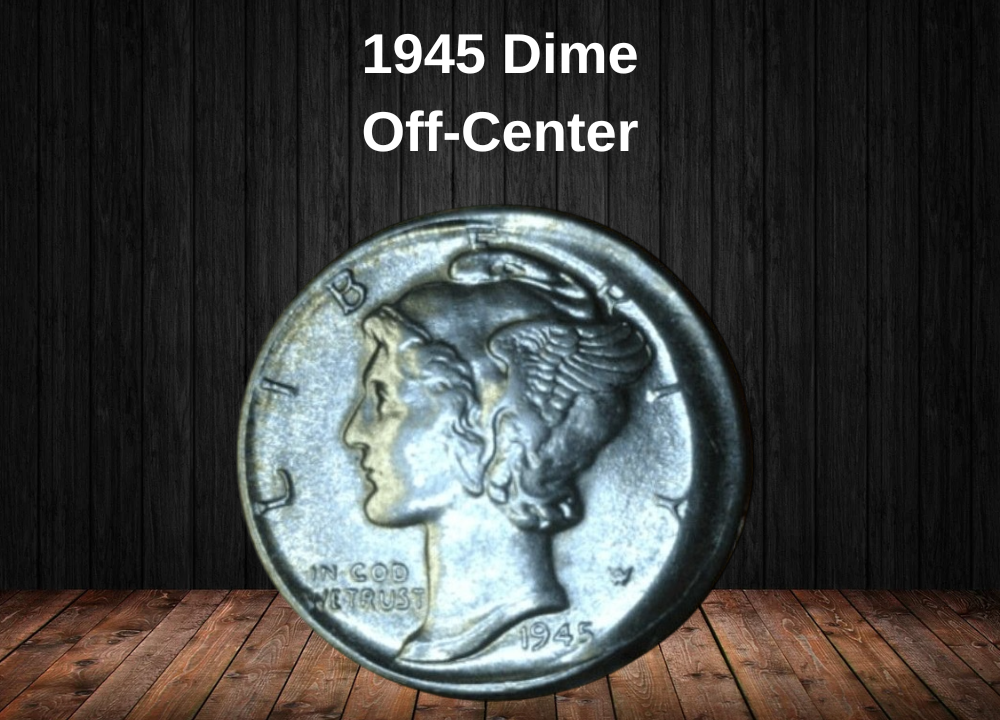
When planchets were misaligned during striking, coins ended up with part of the design missing.
- 5% off-center: ~$285
- 50% off-center: $1,495 (2008)
Re-Punched Mint Mark (RPM)
Two notable RPM varieties exist for the 1945 D dime:
- D/D Horizontal: $450+, record $809
- D/D Vertical: more affordable, around $129 (2018), with FB examples reaching $495 (2013)
Lamination Error
Caused by impurities or flaws in the planchet metal, these dimes display surface peeling, discoloration, or cracks. Values vary based on severity and eye appeal.
Where to Sell Your Dime Coin?
Now that you know the value of your dime, the next step is deciding where to sell it. There are several trusted options—both online and in person—that can help you get the best price depending on your coin’s rarity and condition.
To see the full list of recommended places, along with their advantages and disadvantages, check our complete guide on where to sell your dime coins.
FAQ About The 1945 Mercury Dime Value
1. Why is the 1945 Mercury dime special?
The 1945 issue marks the last year of the Mercury dime series, making it historically significant. It’s also famous for its Micro S variety, a mintmark error highly sought after by collectors.
2. What is the 1945 Mercury dime made of?
Each coin is struck in 90% silver and 10% copper, with a silver weight of 0.072 troy ounces (2.24 g).
3. Where were 1945 Mercury dimes minted?
- Philadelphia (no mint mark): 159,130,000 pieces
- Denver (D): 40,245,000 pieces
- San Francisco (S): 41,920,000 pieces
4. How much is a 1945 Mercury dime worth today?
- Circulated examples: $2.80 – $5.50
- Mint State (MS 60 – 65): $7 – $70
- High grades (MS 67+): can exceed $1,500
- Rare Full Bands specimens: auction records surpass $25,000
5. What is the “Micro S” 1945 dime?
It’s a rare variety where the S mint mark is unusually small. In top condition, these coins can be worth $7,000 – $9,000, with auction sales reaching over $25,000.
6. What errors exist on the 1945 dime?
Notable errors include:
- Micro S variety
- Off-center strikes
- Broad strikes
- Clipped planchets
- Doubled die obverse (DDO)
- Re-punched mint marks (RPMs)
These errors can push values from hundreds to several thousand dollars.
7. How can I tell if my 1945 dime is valuable?
Check for:
- Mint mark (D or S vs. no mark)
- Condition / Grade (the higher, the better)
- Full Bands (FB) on the reverse fasces
- Errors or varieties (like the Micro S)
8. Is the 1945 dime still silver melt value only?
No—while its silver content is worth about $2, collector demand usually makes it far more valuable, especially in higher grades or with special varieties.


